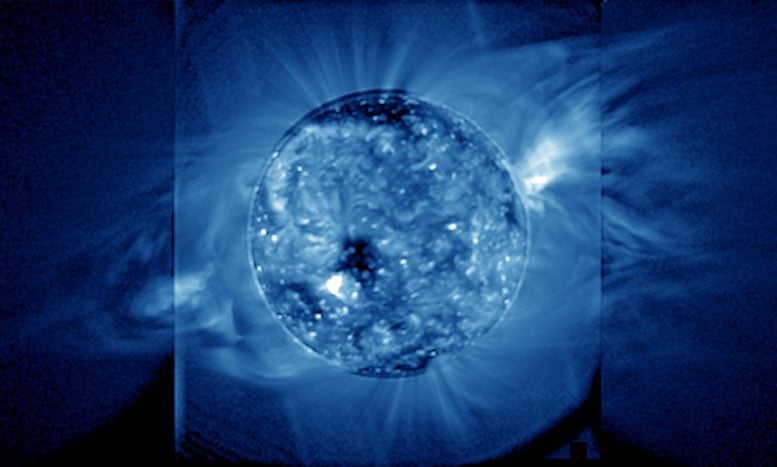
A new study by researchers from Southwest Research Institute (SwRI), NASA and the Max Planck Institute for Solar System Research (MPS) describes the observation of web-like plasma structures in the Sun’s middle corona, which could lead to a better understanding of the solar wind and its interactions with the rest of the solar system. Credit: SwRI/NOAA
The researchers observed long, web-like structures that eject particles from the Sun into space.
A group of researchers from Southwest Research Institute, NASA, and the Max Planck Institute for Solar System Research has found web-like plasma structures in the Sun’s middle corona by using an innovative observation method of imaging the middle corona in ultraviolet wavelength. Their findings were recently published in the journal Nature Astronomy. The discovery could help improve our understanding of the origin and interactions of the solar wind with the rest of the solar system.
The National Oceanic and Atmospheric Administration have been observing the Sun’s corona using the Large Angle and Spectrometric Coronagraph on the NASA and European Space Agency Solar and Heliospheric Observatory spacecraft since 1995 to track space weather that could impact Earth. However, the LASCO instrument has a blind spot that hinders observations of the middle solar corona, where the solar wind originates.
New study reveals long, web-like structures in Sun’s middle corona. Credit: Southwest Research Institute
“We’ve known since the 1950s about the outflow of the solar wind. As the solar wind evolves, it can drive space weather and affect things like power grids, satellites and astronauts,” said SwRI Principal Scientist Dr. Dan Seaton, one of the authors of the study. “The origins of the solar wind itself and its structure remain somewhat mysterious. While we have a basic understanding of processes, we haven’t had observations like these before, so we had to work with a gap in information.”
To find new ways to observe the Sun’s corona, Seaton suggested pointing a different instrument, the Solar Ultraviolet Imager (SUVI) on NOAA’s Geostationary Operational Environmental Satellites (GOES), at either side of the Sun instead of directly at it and making UV observations for a month. What Seaton and his colleagues saw were elongated, web-like plasma structures in the Sun’s middle corona. Interactions within these structures release stored magnetic energy propelling particles into space.
“No one had monitored what the Sun’s corona was doing in UV at this height for that amount of time. We had no idea if it would work or what we would see,” he said. “The results were very exciting. For the first time, we have high-quality observations that completely unite our observations of the Sun and the heliosphere as a single system.”
Seaton believes these observations could lead to more comprehensive insights and even more exciting discoveries from missions like PUNCH (Polarimeter to Unify the Corona and Heliosphere), a SwRI-led NASA mission that will image how the Sun’s outer corona becomes the solar wind.
“Now that we can image the Sun’s middle corona, we can connect what PUNCH sees back to its origins and have a more complete view of how the solar wind interacts with the rest of the solar system,” Seaton said. “Prior to these observations, very few people believed you could observe the middle corona to these distances in UV. These studies have opened up a whole new approach to observing the corona on a large scale.”
Reference: “Direct observations of a complex coronal web driving highly structured slow solar wind” by L. P. Chitta, D. B. Seaton, C. Downs, C. E. DeForest and A. K. Higginson, 24 November 2022, Nature Astronomy.
DOI: 10.1038/s41550-022-01834-5

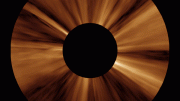
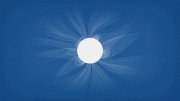
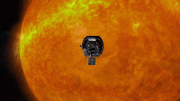


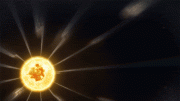
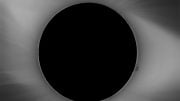
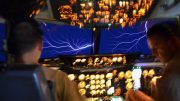
Be the first to comment on "Astronomers Have Discovered Web-Like Plasma Structures on the Sun"